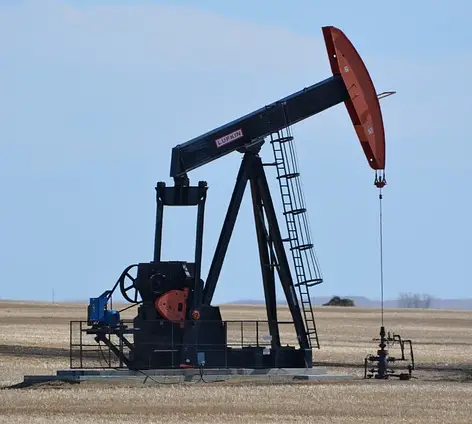Oil continued to drop to the lowest price in nearly six months as weaker gasoline demand and fears of a recession weighed on markets.
West Texas Intermediate dropped 2.3% to $88.54 per barrel, hitting a level last seen just before Russia’s invasion of Ukraine. The drop was touched off by government data showing Americans have begun driving less than they did in the summer of 2020 during the pandemic as a result of high gasoline prices, as demand destruction begins to take hold. Fears of a recession piled on, driving down the price of crude. Brent crude contracted for October settlement fell $2.66 to settle at $94.12 a barrel.
Craig Erlam, senior market analyst at Oanda noted that prices dropping below $90 per barrel, “is quite remarkable given how tight the market remains and how little scope there is to relieve that. But recession talk is getting louder and should it become reality, it will likely address some of the imbalance. Just not in the way we’d like.”
Crude has now surrendered all of the gains it made after Russia’s February invasion of Ukraine. Since it hit $130 per barrel in March, it has gradually dropped as Russia continued to get its crude moved in the global markets, and as investors increasingly see signs of an impending global recession which will slow energy consumption.
Despite the lower prices, Saudi Arabia announced it was raising its prices for buyers in Asia to a record high, a sign the Kingdom sees the market remaining tight for the time being. OPEC+ had agreed to increase quota targets by a combined 100,000 barrels per day in September, as it warned that the cartel had “severely limited” spare capacity.
The oil markets continue to be in backwardation, where prices for near term delivery are higher than prices for later delivery, however key differentials are narrowing. WTIs backwardation dropped below $1 per barrel this week – the first time since April this happened. That may indicate underlying physical tightness is easing as peak summer driving season comes to a close.
Despite OPEC+ refusing to generate a greater increase in production quotas, retail gasoline has continued to fall, dropping almost $1 per gallon since hitting record highs in mid-June, easing some pressure on consumer’s pocketbooks.

